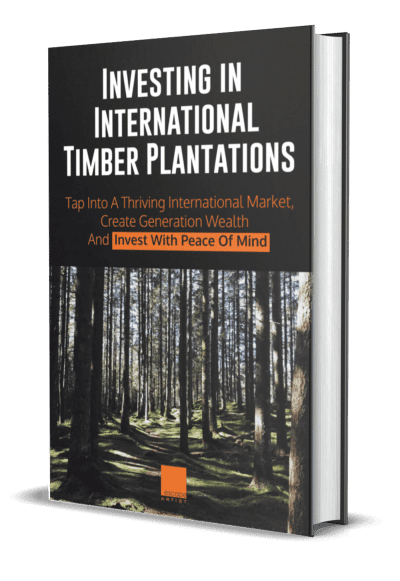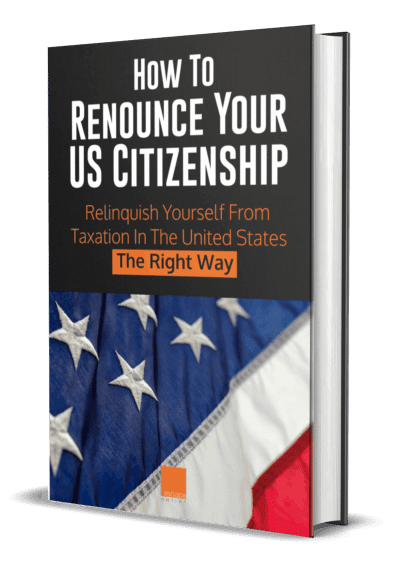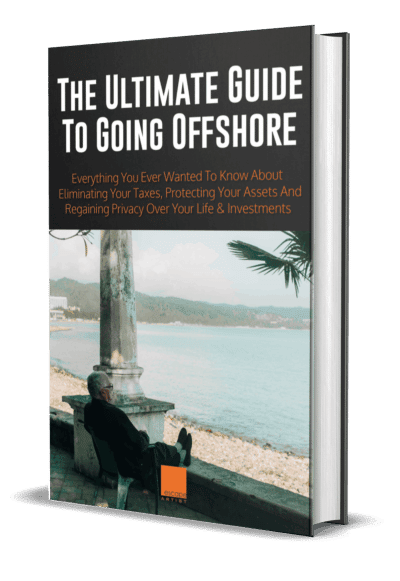Ideas for the Best Types of Long-Term Investments in Australia
Serious investors in Australia looking to diversify their investment portfolio and invest in emerging markets with different kinds of securities and greater returns will do well to extend their time horizon and get into long-term investments. When you have a time frame of at least 10 years, having long-term investments like real estate property and mutual funds in addition to an emergency fund or short-term investments (such as savings accounts and certificates of deposit) will result in you being able to achieve your longer-term financial goals sooner.
Here are the types of long-term investments we recommend to get you started.
Real Estate
 Like other types of long-term investments overseas, real estate can be daunting at first, but when you get a property investment in an ideal location, you’ll soon see your earnings grow. To become successful when investing in real estate, you should first be able to understand the market and build a property investment strategy so you can pick the best location to pour your investment into. The property market does have its own ups and downs, so keep in mind that timing and location are key.
Like other types of long-term investments overseas, real estate can be daunting at first, but when you get a property investment in an ideal location, you’ll soon see your earnings grow. To become successful when investing in real estate, you should first be able to understand the market and build a property investment strategy so you can pick the best location to pour your investment into. The property market does have its own ups and downs, so keep in mind that timing and location are key.
In 2016, residential investment property in Australia averaged an 8 percent annual return over 10 years to December 2015. According to experts, having a property investment in smaller towns or regions that have a big potential to become more established is good and can give you quicker returns. In Australia, places like Bendigo, Wollongong, Bathurst, and Hunter Valley are ideal options for investors, who can get better rates on loans in addition to lower deposit requirements for investing in property in Australia. If you do not already have a conveyancer in mind, check:Think Conveyancing
Stocks

Another long-term option for investors are stocks, particularly shares of stock that represent fractional ownership of a company. When you buy shares of stock, you essentially own a piece of the company. As a shareholder, you can also be paid dividends on a quarterly basis. Dividends are payouts that reflect the company’s earnings and provide you with a steady return regardless of what happens to the price of the stock. Dividends can then be reinvested automatically through a dividend reinvestment plan or DRIP.
Generally, if the price of the stock increases, the shares that investors bought also increase in value. When the stock price goes down, the value also decreases. Investors in stocks usually make short-term financial decisions by buying and selling stocks frequently, but this is not recommended if you’re in it for the long haul. While a stock price increase can tempt you to sell, there is also a likelihood that you’ll get a below-average return, because stock values may often fluctuate over a short period.
What’s best is to study potential purchases in depth to determine which shares of stock have the potential to generate high returns over many years without a high risk of loss.
Bonds

Bonds are issued out by governments, companies, and other entities in exchange for funding for their business operations or projects. When you buy bonds, you lend your money for a specified period of time. When the bond reaches maturity, you get paid back the entire loan amount along with interest accrued.
Bonds differ in terms of the length of time over which investors are repaid. Throughout the bond term, the amount of the investment that has yet to be repaid will earn interest. There are bonds that return the original amount or principal and the interest at regular intervals throughout the duration of the bond, while others repay everything at the end of the bond term. The longer the duration, the higher the rate of interest.
The rate of interest would also depend on the probability that the entire amount you’ve loaned to the issuer will be repaid. If the issuer or project is less stable financially, the higher the rate of interest would be because it has a high risk of not making bond payments.
Experience the Insider community that takes your international lifestyle to the next level. Download your FREE guide
"18 Steps to Implementing Your Plan B" instantly!
To eliminate the risk of an issuer defaulting on a bond, you can invest in Australian Government Bonds, which are debt securities issued by the Australian Government. The interest rate may be lower because of the low risk of defaulting on bond payments, but it’s a steady and reliable source of income for the duration of the bond.
Mutual Funds/ETFs

Mutual funds or exchange traded funds are a collection of bonds and/or stocks gathered together into one fund. What makes them mutual is the fact that funding is collected from several different investors. When you invest in a mutual fund, you are putting your money in a variety of investments, instantly diversifying your portfolio without having to shell out plenty of money to invest in individual bonds and stocks.
Mutual funds are accessible so you can start investing even if you don’t have much money. The required minimum amount to start investing in the share market is $500. With mutual funds, you also eliminate the risk of loss when investing in just one company.
Funds can be managed or exchange traded. Actively managed funds are handled by professional managers who invest the mutual fund in what they believe are the best stocks. These usually cost more than ETFs because they include a fee for managing your investment. Exchange traded funds, also referred to as index funds, are passively managed – they simply hold, buy, or sell investments according to an index they track.
If you decide to go for actively managed funds, it’s recommended to look at the historical returns the fund has generated as well as the fees involved. A fee higher than 1 percent can eat away your money bit by bit, so make sure you do your research first.
Getting started on long-term investing is a wise financial move. If you can’t decide which investment option to go for, we recommend starting with mutual funds or ETFs then continuing on to property investment. Take time to research and choose your investments in Australia, but don’t take too long – remember that time is of the essence, so the sooner you start, the better.
Conclusion
I hope you enjoyed reading this great article: Ideas for the Best Types of Long-Term Investments in Australia. If you would like additional information, please contact our office HERE. Also, I would like to share a few articles I hope you will enjoy on Australia!
Best 5 Ways to Explore Australia in 2020
Australia Travel Tips: How To Pass The Evenings when You’re on Vacation
Ideas for the Best Types of Long-Term Investments in Australia
Like Our Articles?
Then make sure to check out our Bookstore... we have titles packed full of premium offshore intel. Instant Download - Print off for your private library before the government demands we take these down!







